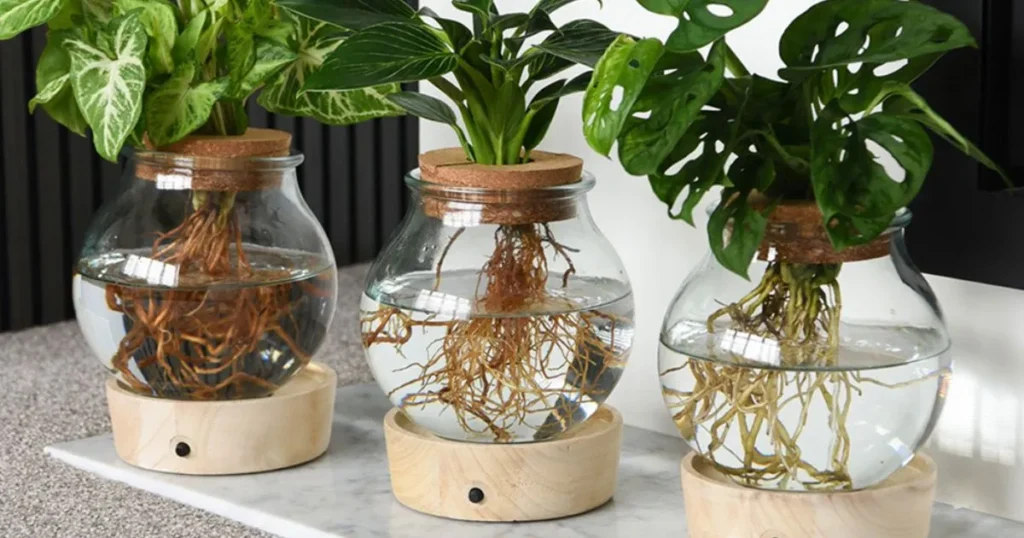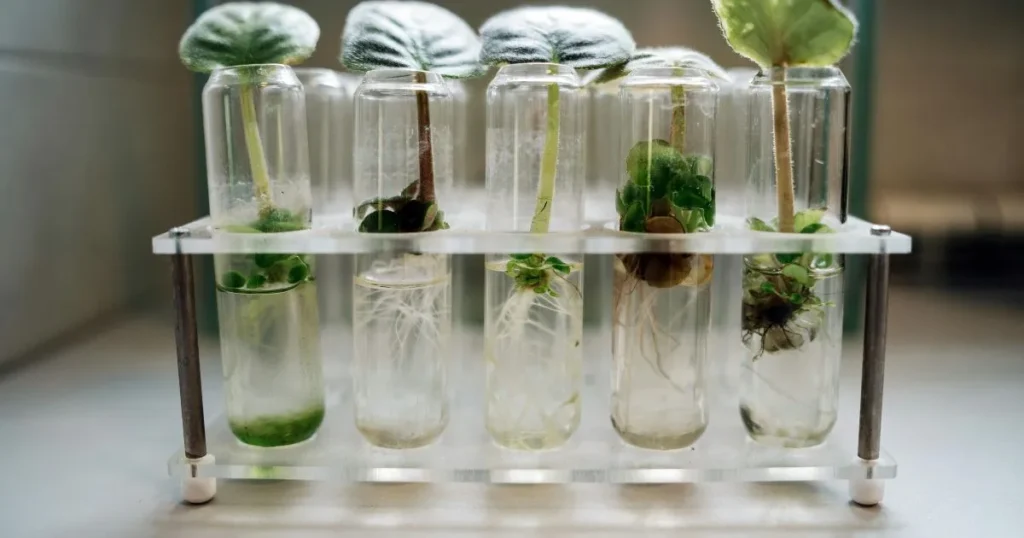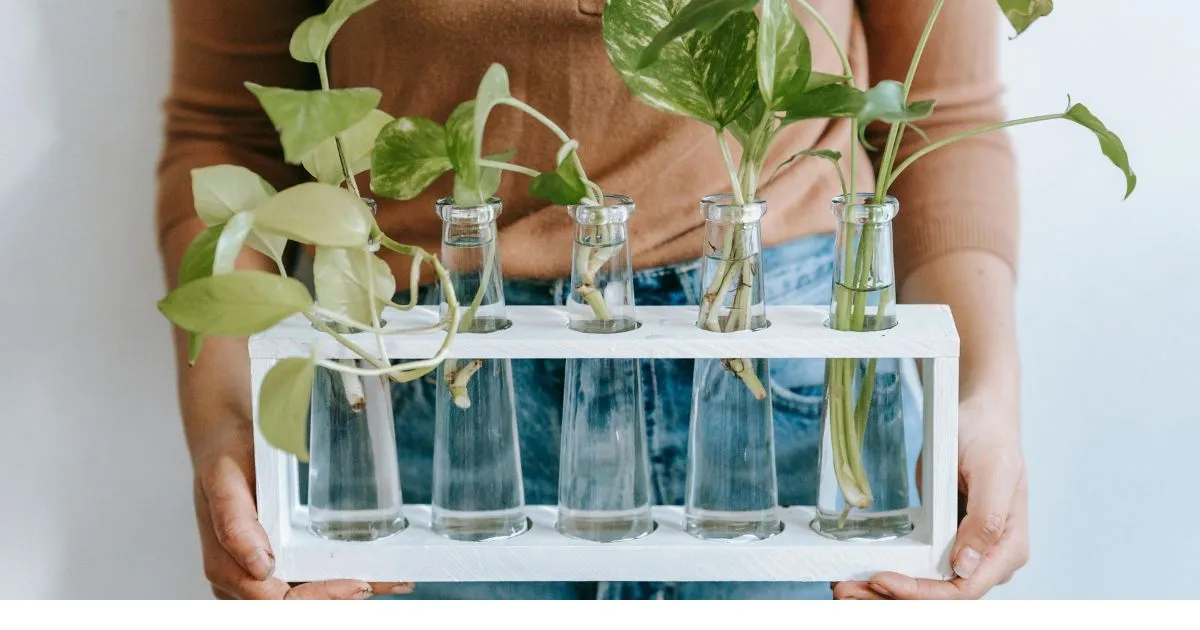Table of Contents
Aquatic Water Plants Indoor
Aquatic water plants are becoming an increasingly popular choice for indoor gardening enthusiasts. These versatile plants offer beauty, tranquility, and even air-purifying benefits to your living spaces. Whether you’re new to indoor gardening or a seasoned enthusiast, incorporating aquatic plants into your home can transform your environment into a lush, peaceful retreat.
In this article, we will explore everything you need to know about growing aquatic water plants indoors, from choosing the right plants to maintaining them and troubleshooting common issues. We’ll also provide a detailed FAQ section to answer any lingering questions you might have.
What Are Aquatic Water Plants?
Understanding Aquatic Plants
Aquatic plants are plants that thrive in water or in environments with high moisture content. They typically grow in ponds, lakes, or marshes but can be adapted for indoor settings in containers or aquariums. There are two primary categories of aquatic plants:
- Submerged Plants: These are fully submerged in water. They have roots that anchor in the soil or water and their leaves and stems stay below the water’s surface.
- Floating Plants: These plants float on the water’s surface and don’t require soil to grow. They absorb nutrients directly from the water.
- Emergent Plants: These grow with their roots submerged in water, but their leaves and flowers rise above the surface.
Benefits of Indoor Aquatic Water Plants
Indoor aquatic plants are not only aesthetically pleasing but also offer a range of benefits, including:
- Improved Air Quality: Some aquatic plants help purify the air by absorbing carbon dioxide and releasing oxygen.
- Stress Reduction: The sight and sound of water can be soothing, which promotes relaxation.
- Natural Humidity: Aquatic plants release moisture into the air, improving the humidity levels in dry indoor spaces.
- Low-Maintenance: Many aquatic plants are easy to care for, requiring minimal attention compared to traditional houseplants.
Choosing the Right Aquatic Plants for Indoor Space
Factors to Consider When Choosing Indoor Aquatic Plants
When selecting aquatic plants for your indoor environment, it’s essential to take several factors into account:
- Lighting: Different aquatic plants require varying light conditions. While some thrive in bright, direct sunlight, others do well in low-light settings.
- Water Temperature: Some aquatic plants are sensitive to temperature changes, so it’s important to choose plants that are compatible with your home’s temperature.
- Container Type: You’ll need to decide whether to use a traditional aquarium, a decorative bowl, or a planter for your water plants.
- Size and Growth Rate: Consider the space available and the growth habits of the plants. Some aquatic plants spread quickly, so you may need to trim them regularly.
Popular Aquatic Plants for Indoor Use
Here are some popular options for indoor aquatic plants that can thrive in containers or aquariums:
1. Water Lilies (Nymphaea)
Water lilies are a classic choice for ponds, but they can also be grown indoors in larger containers. These plants have large, round leaves that float on the water’s surface and produce stunning flowers in a variety of colors, including white, pink, and yellow. They prefer bright sunlight and can grow relatively quickly.
2. Anubias (Anubias spp.)
Anubias is a hardy, low-maintenance plant that can grow submerged or partially emerged in water. It’s perfect for indoor aquariums, as it thrives in low to moderate light and doesn’t require soil. Anubias has dark green, leathery leaves and is excellent at adding a natural, lush feel to your aquatic garden.
3. Pothos (Epipremnum aureum)
Although not technically an aquatic plant, pothos is often used in water gardens. It’s a vine that grows easily in water, making it a great choice for beginners. Pothos can grow in low-light conditions and adapts well to various indoor environments.
4. Java Moss (Taxiphyllum barbieri)
Java moss is another popular choice for aquariums and indoor water gardens. It grows well in low-light conditions and provides a dense, carpet-like appearance, perfect for creating a natural aquatic look. Java moss also helps improve water quality by absorbing excess nutrients.
5. Hornwort (Ceratophyllum demersum)
Hornwort is a fast-growing, submerged aquatic plant that requires minimal care. It’s excellent for beginners due to its adaptability to a wide range of water conditions. Hornwort helps oxygenate the water and provides a hiding place for aquatic creatures in aquariums.

How to Set Up an Aquatic Water Plants Indoor Garden ?
Choosing the Right Container
The container you choose for your indoor aquatic plants depends on the type of plants you’re growing and the space available. Here are some options:
- Aquarium: Ideal for submerged plants and plants that need a controlled environment. Aquariums are available in various sizes and can accommodate both small and large plant species.
- Decorative Water Bowl or Pot: Smaller aquatic plants like water lilies or floating plants can be placed in decorative bowls or pots. These containers can be placed on windowsills, tabletops, or any place that receives adequate light.
- Hydroponic Planters: For a more modern approach, hydroponic planters can be used. These containers allow you to grow plants without soil, using only water and nutrients.
Setting Up the Water Environment
Before placing your aquatic plants in their containers, ensure the water environment is ideal for their growth:
- Water Quality: Aquatic plants require clean, dechlorinated water. Tap water contains chlorine and chloramine, which can harm plants. Let the water sit for 24 hours to allow these chemicals to dissipate or use a water treatment product.
- Temperature: Keep the water temperature consistent. Most indoor aquatic plants thrive in temperatures ranging from 65°F to 75°F (18°C to 24°C).
- Filtration: While some plants like floating ones don’t need filtration, submerged plants benefit from a light filter to keep the water clear and oxygenated.
- Fertilization: Some aquatic plants require occasional feeding with liquid fertilizers or nutrient tablets. Be sure to choose one that’s designed for aquatic plants to avoid nutrient imbalances.
Lighting Needs for Indoor Aquatic Plants
Lighting is a critical factor in the growth of indoor aquatic plants. While some species thrive in bright, direct sunlight, others do better in low to moderate light. Here’s how to meet the lighting needs of your plants:
- Low Light: Plants like Anubias and Java Moss can thrive with indirect or low light, making them suitable for areas with limited sunlight, such as offices or bathrooms.
- Moderate Light: Many aquatic plants, including hornwort and pothos, require moderate lighting. You can use standard grow lights if natural light is insufficient.
- Bright Light: Floating plants, water lilies, and other sun-loving species will do best in direct sunlight. Place them near a window that gets several hours of sun each day.
Maintenance and Care of Indoor Aquatic Water Plants
Watering and Changing Water
Aquatic plants are different from regular houseplants because they grow in water. However, the water still needs to be replenished and changed periodically. Here’s how to maintain a healthy water environment:
- Top off the Water: Indoor plants evaporate water, so it’s important to check the water level and top it off with fresh water regularly.
- Water Changes: Change the water in your container every 1-2 weeks. This helps prevent algae buildup and keeps the plants healthy.
Trimming and Pruning
As aquatic plants grow, they may need to be trimmed to prevent overcrowding or to encourage new growth. Regularly prune any dead or yellowing leaves to maintain the plant’s overall health and appearance.
Managing Pests and Diseases
While indoor aquatic plants are less prone to pests than outdoor plants, it’s still important to keep an eye out for any issues. Common pests include aphids, snails, and algae. If you notice algae growth, you can reduce light exposure or introduce algae-eating fish into your aquarium.

Conclusion: The Beauty of Indoor Aquatic Water Plants
Indoor aquatic plants offer a unique and stunning way to bring nature into your home. With minimal care, these plants can transform any space into a serene, vibrant environment. Whether you choose easy-to-care-for species like Anubias or opt for larger plants like water lilies, the benefits of having aquatic plants in your home are undeniable. From air purification to stress relief, the soothing ambiance they create will enhance your indoor experience.
Frequently Asked Questions (FAQ)
1. How often do I need to change the water for indoor aquatic plants?
Changing the water every 1-2 weeks is generally recommended. However, this may vary depending on the type of plants, the size of the container, and the water temperature.
2. Can I use tap water for my aquatic plants?
While tap water is often safe, it may contain chlorine and chloramine, which can harm your plants. Let the water sit for 24 hours to allow the chemicals to dissipate, or use a water conditioner specifically designed for aquarium use.

